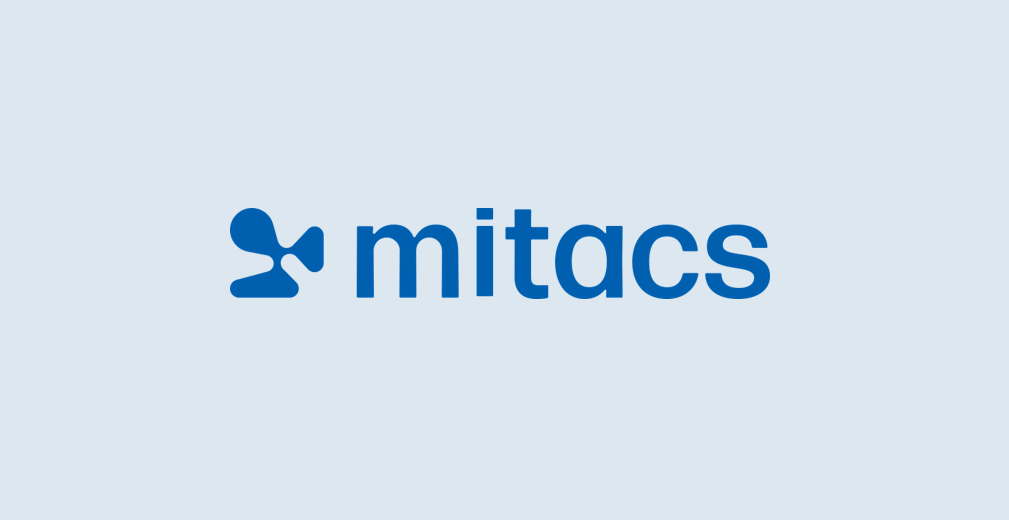
Underground mining operations are very energy intensive and could require significant use of fossil fuel burning on site for electrification and heat provision, if situated in off-grid areas. Conventionally, these power plants employ diesel gen-sets that can convert only about 35% of the combustion energy to qualified work and discard about 65% of the energy […]
Read More